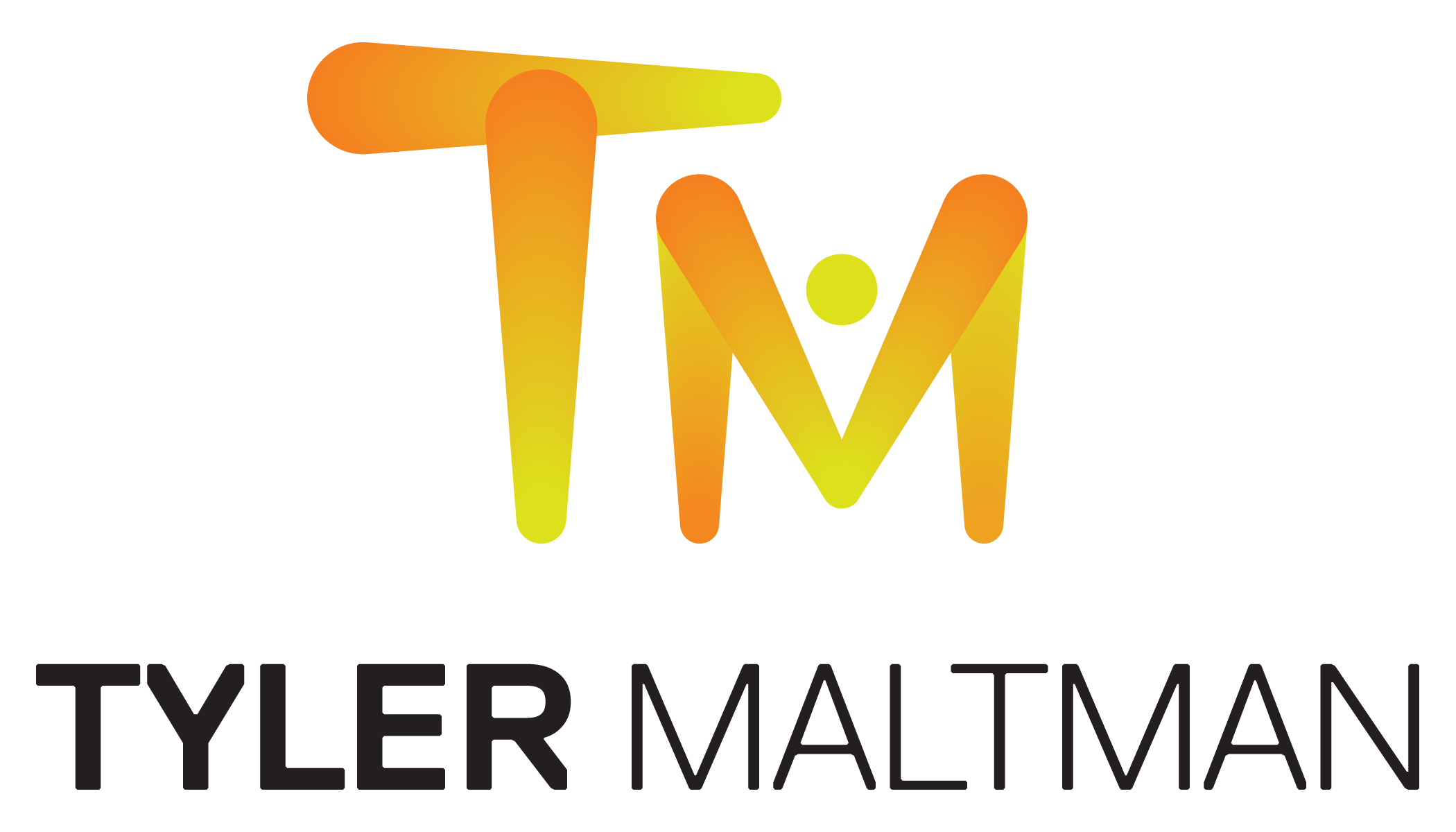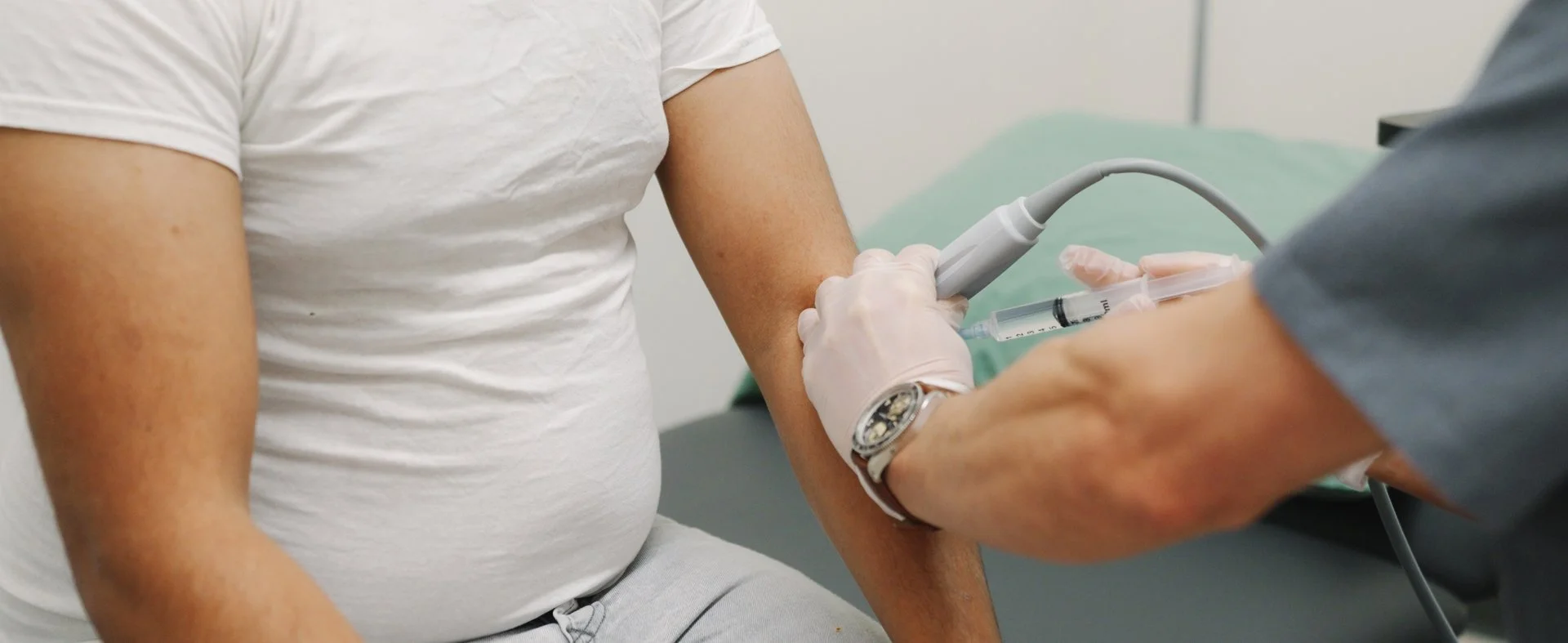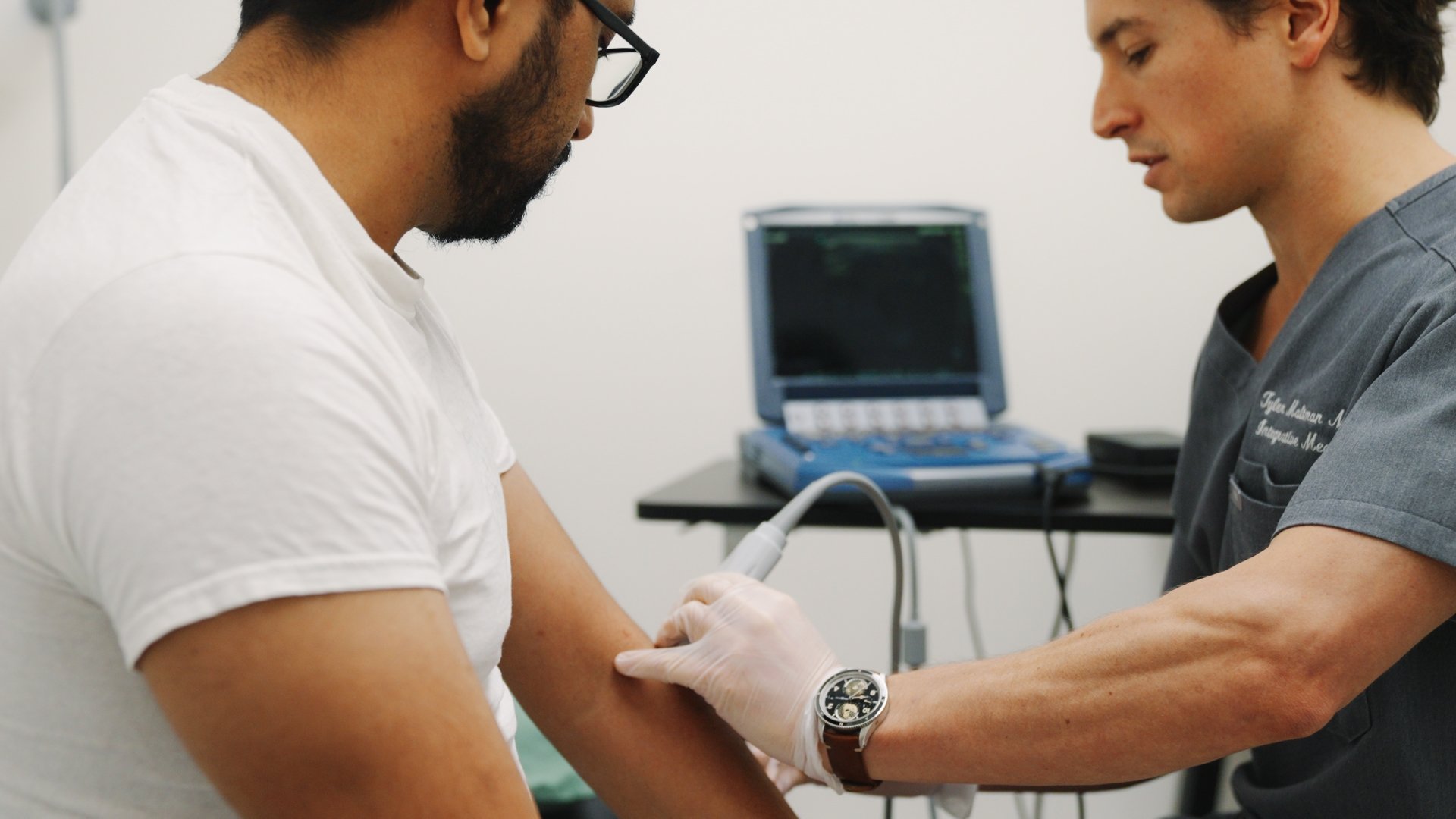INTERVENTIONAL TREATMENTS
Dr. Tyler Maltman offers interventional management techniques for helping people with chronic pain. For injections, Dr. Maltman uses Ultrasound guidance to provide the safest and most effective treatment possible. He has trained with numerous experienced specialists, and completed Ultrasound courses with both Sports Medicine Ultrasound Canada and West Coast Injections. If you are interested in seeing Dr. Maltman for an injection, please have your physician complete the referral form and send it to our office.
The types of injections offered include the following (updated March 2024):
Elbow: Lateral and medial epicondyle, and elbow joint.
Foot: Ankle joint, 1 MTP joint, ATFL, plantar fascia, and Achilles tendonitis.
Hand/wrist: 1 dorsal compartment injection for De Quervain’s, intersection syndrome, trigger finger, 1st CMC joint, MCP joint, and carpal tunnel (median nerve).
Hip: Hip joint, greater trochanteric bursa, gluteus medius and minims tendon, SI joint.
Knee: Intra-articular, quadriceps tendonitis, patellar tendonitis, Baker’s cyst.
Shoulder: Subacromial bursa, calcific tendinopathy barbotage, AC joint, glenohumeral joint, and long head of biceps tendon.
Spinal: Cervical, thoracic, and lumbar facet. Regenerative therapies including prolotherapy and PRP for the interspinous ligaments of the entire spine, lamina bodies of the entire spine, iliolumbar ligament, and the sacrotuberous ligament.
Sternoclavicular joint and sternocostal joint.
TMJ (temporal mandibular joint).
Cortisone Injections
Corticosteroids are a type of steroid hormone that are naturally produced by the cortex of the adrenal glands. The human body uses corticosteroids for numerous functions, including regulating inflammation, immune response, stress response, carbohydrate metabolism, and protein catabolism. Cortisone injections can provide a strong and immediate decrease in pain and inflammation along with potential negative side effects. Most often cortisone is used to treat arthritis, tendonitis, and bursitis.
Peripheral Nerve Hydrodissection (Perineural Injection Therapy) Peripheral Nerve Hydrodissection is an, ultrasound-guided treatment that involves gently separating and releasing nerves that may be irritated or compressed by surrounding tissues. A small amount of 5% dextrose (sugar water), combined with lidocaine, is injected around the affected nerve. This technique has been supported in multiple studies and is now recognized as an alternative treatment for carpal tunnel syndrome. It has also shown benefit in other peripheral entrapment neuropathies such as ulnar nerve irritation, tarsal tunnel, and occipital neuralgia. For patients, it represents a non-steroidal and non-surgical option that aims to promote healing.
Platelet-Rich Plasma (PRP) Injections - PRP injections are not an insured service. Patients will need to cover the cost themselves.
PRP are a form of regenerative medicine injections that can effectively treat many chronic and acute musculoskeletal injuries. PRP is created from your own blood by concentrating platelets and other growth factors that then stimulate the body’s natural healing capacity.
Hyaluronic Acid Treatment (Viscosupplement)
Hyaluronic acid is a naturally occurring substance created in the body. In joints it acts as a lubricant and cushion to produce smooth movements. When hyaluronic acid is injected into a joint such as the knee or hip, it can potentially help decrease pain for up to 6 months.
Patients should check with their insurance provider if they have coverage for these products, as coverage can vary depending on the plan.
Prolotherapy - Prolotherapy injections are not an insured service. Patients will need to cover the cost themselves.
Prolotherapy is a type of regenerative treatment wherein a high-concentration (15 to 20%) dextrose solution (sugar water) is injected into the body. The evidence supporting this treatment has shown it to be an effective treatment for chronic pain. It is believed to stimulate the natural healing capacity of the body by triggering an inflammatory cascade. Once the inflammatory process begins, the body sends more blood to the affected area, which helps to stimulate cell growth and can strengthen tissue that has been weakened by overuse or sprain. Tissues that most often benefit from prolotherapy include ligaments, tendons, cartilage, and muscle.
Neuromyofascial Trigger point Injections
Trigger points are tight or painful areas in a muscle, often described as “knots.” These knots can often be relieved by injection into the affected areas. The goal is to help the muscle relax and to decrease inflammation, resulting in less pain. Trigger points can occur almost anywhere in the body but are most common in the neck, upper back, and lower back. Neuromyofascial trigger point injections are a very safe and effective treatment to help decrease pain resulting from tight muscles and superficial nerves just below the skin. These injections use a 5% dextrose solution combined with sodium bicarbonate and a local anesthetic.


